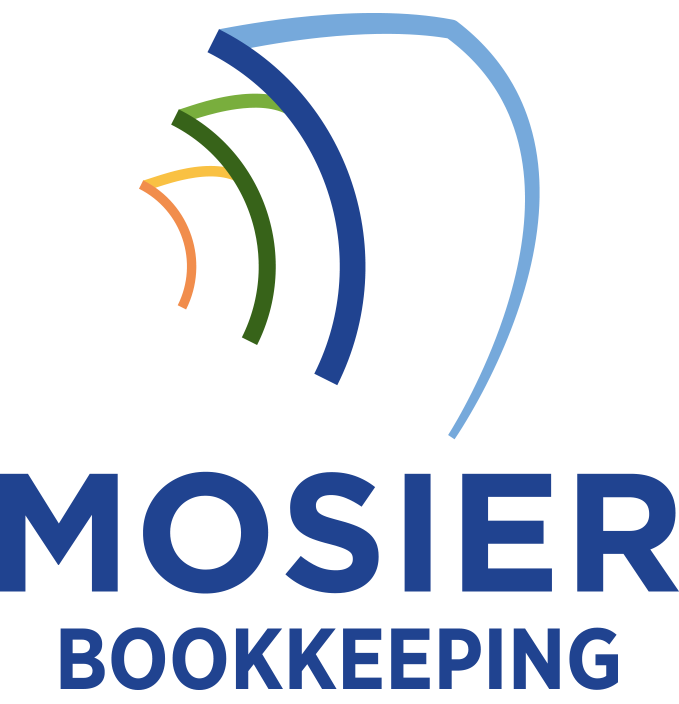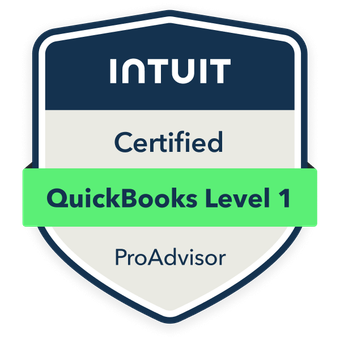Bookkeeping data reveals critical insights into client satisfaction through measurable financial patterns. I’ll show you how tracking payment behaviors, service usage metrics, and transaction frequency helps identify at-risk accounts before churn occurs. You can leverage this data to implement early warning systems, calculate customer lifetime value, and quantify the ROI of retention initiatives. By integrating financial indicators with satisfaction metrics, you’ll access powerful strategies to enhance client relationships and drive strategic growth.
Linking Financial Data to Customer Retention Patterns

While many businesses focus solely on revenue figures, integrating financial data with customer retention metrics provides deeper insights into client satisfaction levels. I analyze spending patterns, service usage, and transaction frequency to identify at-risk accounts before they churn. By correlating revenue fluctuations with client behavior, I’m able to pinpoint precise moments when satisfaction declines.
I leverage this data to calculate customer lifetime value and implement targeted retention strategies. For instance, I track how payment delays or service downgrades often precede client departures. This financial-behavioral analysis enables me to maintain a competitive edge through proactive client management.
Measuring the ROI of Client Satisfaction Initiatives
I’ll demonstrate how measuring your ROI on client satisfaction initiatives requires analyzing three key metrics: financial retention impact, calculation methodology, and per-client profit margins. Your investment in satisfaction programs must be weighed against quantifiable outcomes like reduced churn rates and increased lifetime customer value. By tracking these metrics through systematic bookkeeping, you’ll establish clear connections between satisfaction spending and revenue growth, enabling data-driven decisions about resource allocation.
Financial Impact of Retention
Measuring the financial impact of client retention provides concrete data to justify investments in satisfaction initiatives. I calculate this by analyzing lifetime customer value, repeat business revenues, and reduced acquisition costs. When I track these metrics through proper bookkeeping, I can demonstrate how a 5% increase in retention typically yields 25-95% higher profits.
I leverage this data to quantify the bottom-line impact of each retained client, factoring in their purchase frequency, average transaction value, and referral generation. My bookkeeping system enables me to pinpoint which satisfaction initiatives deliver the strongest ROI, allowing me to optimize resource allocation for maximum financial return.
ROI Calculation Methods
The calculation of client satisfaction ROI requires specific formulas and methodologies to produce actionable insights. I’ll show you how to measure the monetary impact of your client satisfaction initiatives through proven ROI calculations that drive strategic decision-making.
- Net Revenue Impact = (Revenue from Retained Clients – Cost of Retention Programs) / Initial Investment
- Satisfaction-to-Revenue Ratio = % Change in Revenue / % Change in Satisfaction Scores
- CLV Multiplier = Customer Lifetime Value × Satisfaction Index
- Churn Prevention Value = (Saved Accounts × Average Account Value) – Intervention Costs
- Referral Revenue Factor = New Client Revenue from Referrals / Satisfaction Program Costs
These metrics transform subjective satisfaction data into quantifiable financial returns, enabling you to optimize resource allocation and maximize profitability.
Profit Per Client Analysis
Precise profit-per-client analysis forms the cornerstone of understanding your satisfaction initiatives’ financial impact. I’ll show you how to leverage this data to maximize your ROI through systematic evaluation of revenue streams and cost allocation per client.
| Metric | Formula | Impact |
|---|---|---|
| Net Revenue | Gross Sales – Returns | Direct Income |
| Service Costs | Labor + Materials | Resource Usage |
| Overhead | Fixed Costs ÷ Clients | Infrastructure |
| Satisfaction Cost | Programs + Support | Retention Investment |
| Net Profit | Revenue – Total Costs | Bottom Line |
Early Warning Systems for Client Relationship Issues

I’ve found that establishing early warning systems can prevent client relationship deterioration through systematic monitoring of key indicators. By tracking changes in payment patterns, such as delays or irregular schedules, I can identify potential dissatisfaction before it escalates into larger issues. Measuring response times in client communications provides another critical metric, as increased delays often signal growing frustration or disengagement that requires immediate intervention.
Monitoring Payment Pattern Changes
Monitoring payment patterns serves as an essential early warning system for detecting client relationship issues before they escalate into serious problems. I’ve found that analyzing payment behaviors reveals pivotal insights into client satisfaction levels and potential concerns. When I track these patterns systematically, I can identify red flags early and take proactive measures.
- Delayed payments may indicate dissatisfaction with deliverables
- Irregular payment schedules often signal cash flow problems
- Partial payments suggest budget constraints or value perception issues
- Increased payment inquiries typically reveal communication gaps
- Sudden changes in payment methods might indicate internal process changes
This data-driven approach empowers me to maintain strong client relationships through strategic intervention based on behavioral patterns.
Tracking Communication Response Times
While payment patterns offer one lens into client satisfaction, tracking response times across all communication channels provides equally critical behavioral data. I measure baseline response intervals for emails, calls, and messages during our initial engagement period, then monitor for deviations that could signal relationship stress.
I’ve found that delayed responses often precede more serious issues. By documenting timestamps in my bookkeeping system, I can identify concerning trends before they escalate. When a typically responsive client’s communication pattern shifts from same-day to 48+ hours, I initiate proactive outreach to address potential dissatisfaction and maintain control of the relationship.
Building Strategic Growth Through Client Satisfaction Metrics
Strategic growth relies on three fundamental client satisfaction metrics: retention rates, referral volumes, and satisfaction scores. I’ve found these metrics drive revenue expansion when meticulously tracked through robust bookkeeping systems. By analyzing this data, I can predict growth patterns and allocate resources effectively.
- Track year-over-year retention percentages to forecast stability
- Monitor referral sources to optimize high-performing client segments
- Analyze satisfaction scores to identify service improvement areas
- Calculate lifetime value metrics to prioritize client investments
- Cross-reference satisfaction data with profitability indices
This metrics-driven approach enables me to make precise decisions about service delivery, pricing strategies, and expansion opportunities while maintaining a data-backed competitive advantage.
Streamlining Service Quality Assessment

Building on these foundational metrics, I’ve developed a systematic approach to assess service quality through streamlined data collection points. I integrate automated feedback mechanisms into every client touchpoint, capturing real-time satisfaction scores at critical service delivery moments. This precise methodology enables me to quantify performance variations and identify optimization opportunities within hours, not weeks.
I’ve implemented algorithmic triggers that flag service discrepancies before they impact client relationships. By cross-referencing these indicators with financial data points, I maintain complete control over service quality while driving strategic improvements that directly enhance profitability and market position.
Quantifying the Value of Customer Experience
To accurately measure customer experience value, I’ve developed a proprietary scoring matrix that synthesizes both tangible and intangible metrics into actionable financial indicators. My system converts satisfaction data into revenue impact forecasts, enabling strategic decision-making based on quantified customer lifetime value. This methodology lets you monetize traditionally abstract concepts like brand loyalty and emotional engagement.
- Revenue correlation coefficients linked to satisfaction scores
- Predictive churn modeling based on experience metrics
- ROI calculations for service improvement initiatives
- Customer lifetime value adjustments reflecting satisfaction trends
- Risk-weighted profitability indices derived from satisfaction data
Through this framework, I transform subjective feedback into concrete financial projections that drive profitability.








